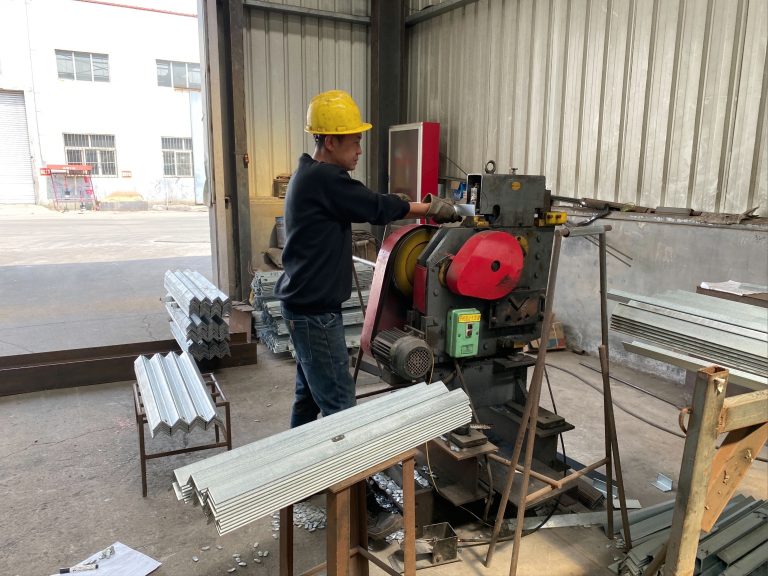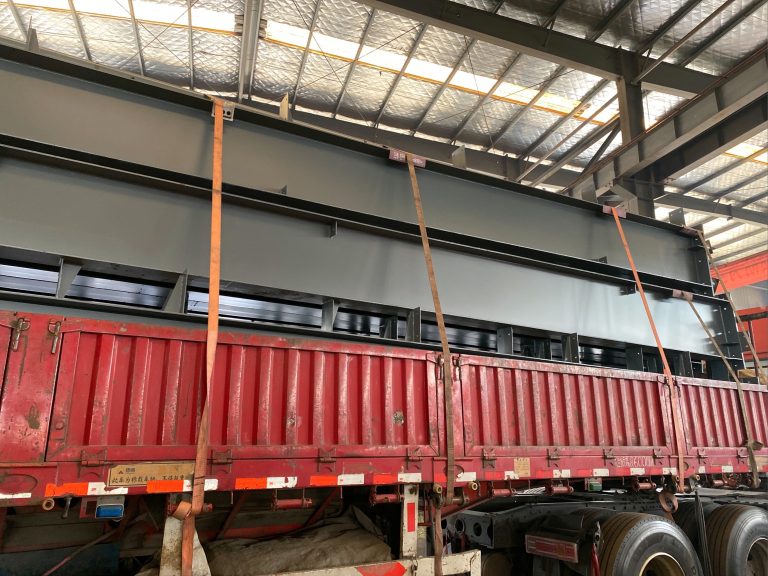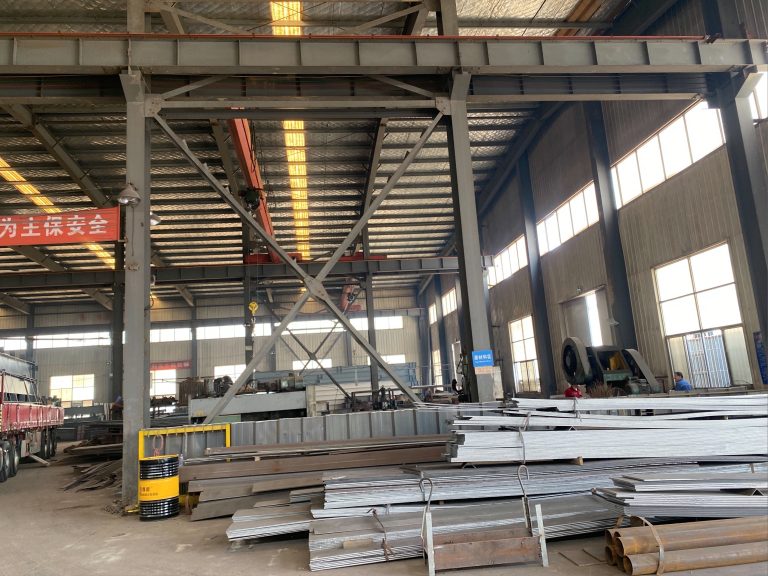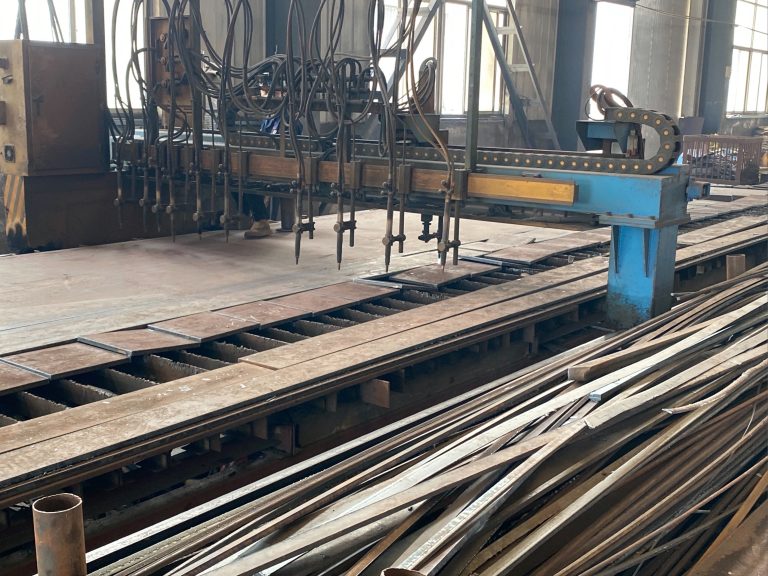Seismic design and damping technology of steel structure
Table of Contents
Benefits of Seismic Design in Steel Structures
Seismic design and damping technology play a crucial role in ensuring the safety and stability of steel structures during earthquakes. Steel structures are widely used in construction due to their strength, durability, and flexibility. However, they are also vulnerable to seismic forces, which can cause significant damage if not properly designed and implemented.
One of the key benefits of seismic design in steel structures is the ability to minimize damage and ensure the safety of occupants during an earthquake. By incorporating seismic design principles, engineers can anticipate and mitigate the effects of seismic forces on the structure, reducing the risk of collapse or structural failure. This is especially important in regions prone to earthquakes, where the risk of seismic activity is high.
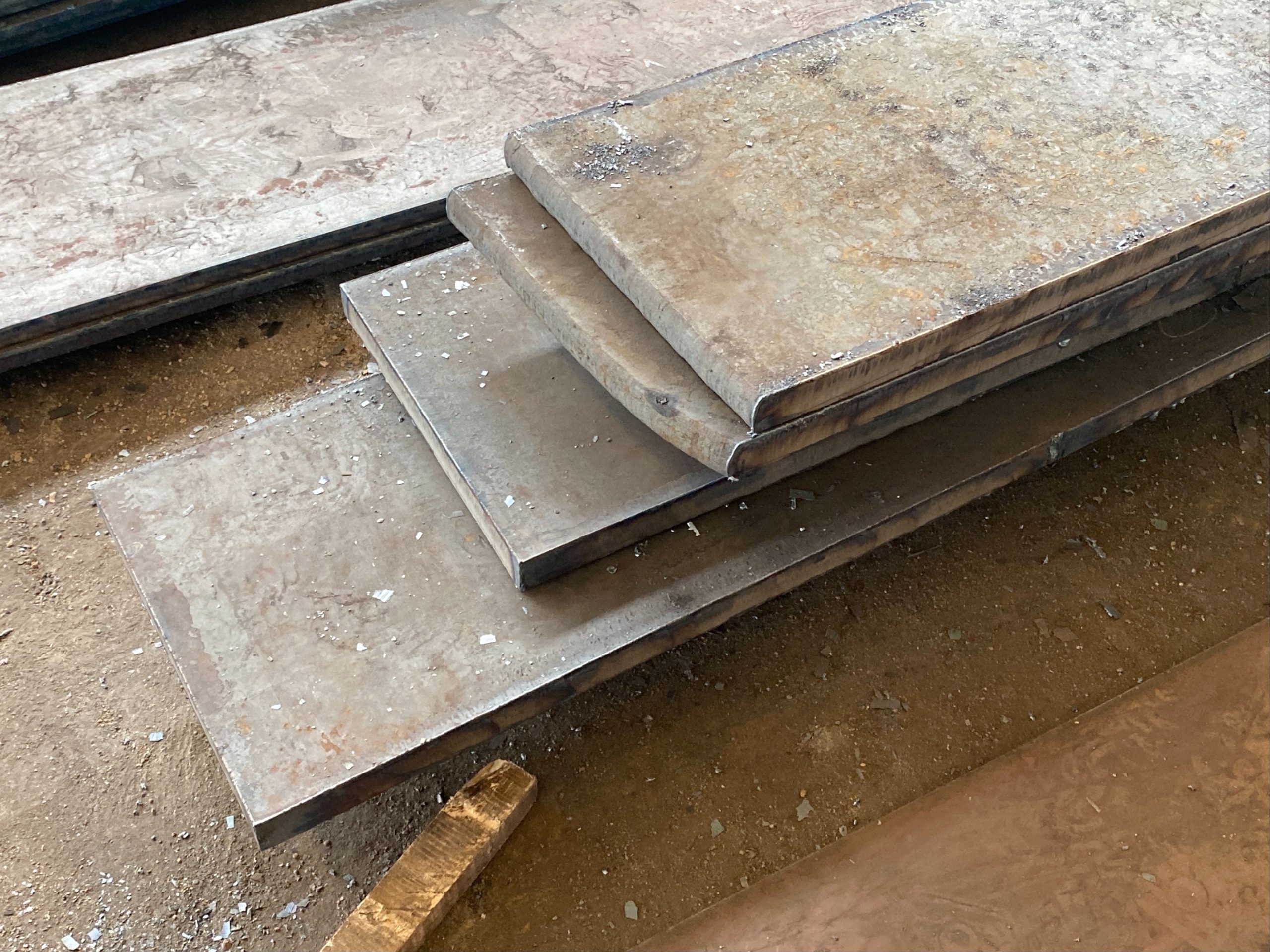
Seismic design in steel structures involves the use of advanced engineering techniques and technologies to enhance the structure’s ability to withstand seismic forces. This includes the use of special materials, such as high-strength steel and composite materials, as well as innovative design features, such as base isolators and damping systems. These technologies work together to dissipate and absorb the energy generated by an earthquake, reducing the impact on the structure and preventing damage.
One of the key technologies used in seismic design of steel structures is damping technology. Damping systems are designed to absorb and dissipate the energy generated by seismic forces, reducing the vibrations and movements of the structure during an earthquake. This helps to minimize damage and ensure the safety of occupants inside the building. There are several types of damping systems used in steel structures, including passive, active, and semi-active systems, each with its own unique advantages and applications.
Passive damping systems rely on the use of materials, such as viscoelastic dampers or friction dampers, to absorb and dissipate energy. These systems are cost-effective and easy to install, making them a popular choice for seismic design in steel structures. Active damping systems, on the other hand, use sensors and actuators to actively control the vibrations of the structure in real-time, providing precise and effective damping performance. Semi-active damping systems combine the advantages of both passive and active systems, offering a flexible and adaptable solution for seismic design.
In addition to damping technology, seismic design in steel structures also involves the use of base isolators, which are devices that separate the structure from the ground, reducing the transmission of seismic forces. Base isolators can significantly improve the seismic performance of a steel structure, allowing it to move independently of the ground motion and reducing the risk of damage. Other design features, such as bracing systems, shear walls, and moment-resisting frames, are also used to enhance the seismic resistance of steel structures.
Overall, the benefits of seismic design in steel structures are clear. By incorporating advanced engineering techniques and damping technology, engineers can enhance the safety and stability of steel structures during earthquakes, reducing the risk of damage and ensuring the protection of occupants. With the increasing frequency and intensity of seismic events around the world, seismic design in steel structures is more important than ever, providing a reliable and effective solution for mitigating the effects of earthquakes on buildings.
Advancements in Damping Technology for Steel Structures
Steel structures are a popular choice for buildings and infrastructure due to their strength, durability, and versatility. However, one of the challenges of using steel structures is their susceptibility to seismic forces. Seismic design and damping technology have become crucial in ensuring the safety and stability of steel structures in earthquake-prone regions.
Seismic design refers to the process of designing structures to withstand the forces generated by earthquakes. This involves analyzing the potential seismic hazards in a particular area and designing the structure to minimize damage and ensure the safety of occupants. Steel structures are particularly vulnerable to seismic forces due to their high stiffness and low damping capacity. To address this issue, engineers have developed various damping technologies to enhance the seismic performance of steel structures.
One of the most common damping technologies used in steel structures is the use of dampers. Dampers are devices that dissipate energy during an earthquake, reducing the amount of force transmitted to the structure. There are several types of dampers that can be used in steel structures, including viscous dampers, friction dampers, and tuned mass dampers. Viscous dampers consist of a piston that moves through a viscous fluid, dissipating energy through friction. Friction dampers use sliding plates to dissipate energy, while tuned mass dampers consist of a mass that oscillates out of phase with the structure, reducing the overall vibration.
Another damping technology that is commonly used in steel structures is base isolation. Base isolation involves placing the structure on flexible bearings or isolators that decouple it from the ground motion during an earthquake. This allows the structure to move independently of the ground, reducing the forces transmitted to the building. Base isolation is particularly effective in protecting historic buildings and critical infrastructure from seismic forces.
In addition to dampers and base isolation, engineers have also developed innovative damping technologies such as smart materials and active control systems. Smart materials, such as shape memory alloys and magnetorheological fluids, can change their properties in response to external stimuli, allowing them to dissipate energy more effectively. Active control systems use sensors and actuators to monitor and adjust the structural response in real-time, reducing the impact of seismic forces on the building.
Advancements in damping technology have significantly improved the seismic performance of steel structures, making them safer and more resilient in earthquake-prone regions. By incorporating damping technologies into the design of steel structures, engineers can enhance their ability to withstand seismic forces and protect the occupants inside. As seismic design and damping technology continue to evolve, we can expect to see even more innovative solutions that further improve the safety and stability of steel structures in the face of earthquakes.


